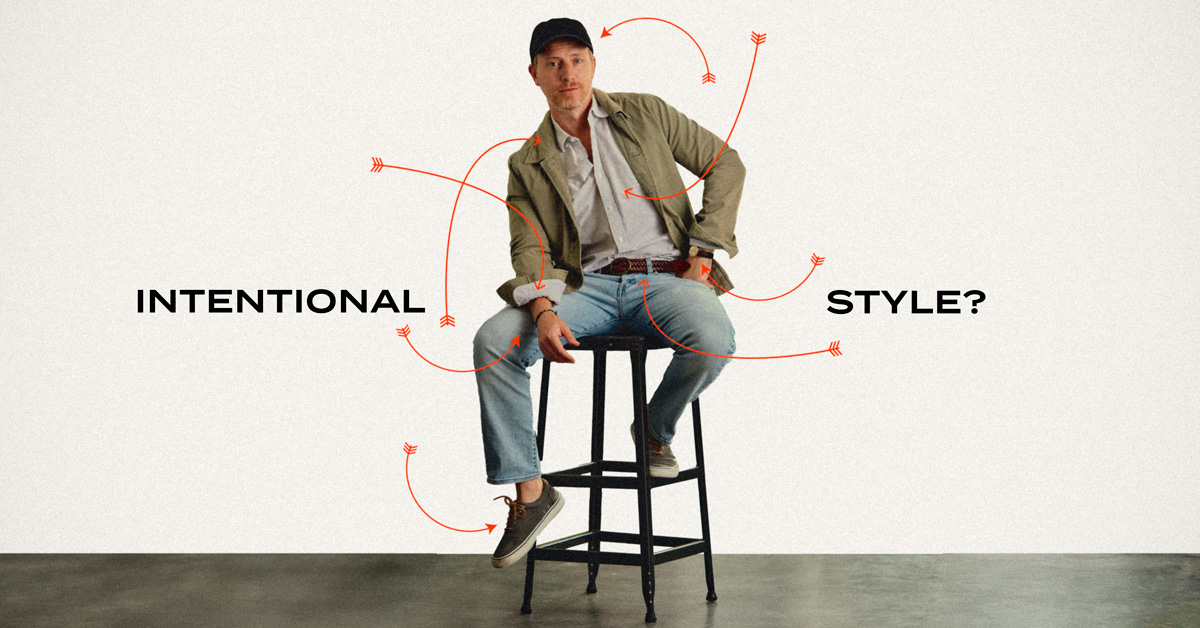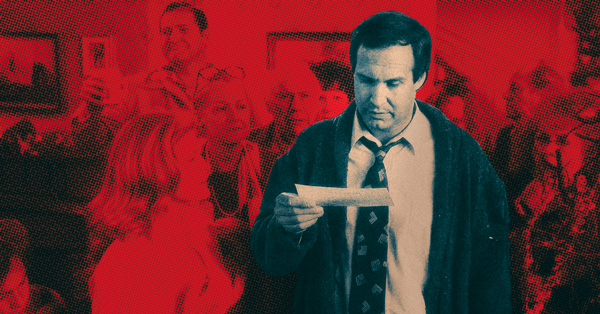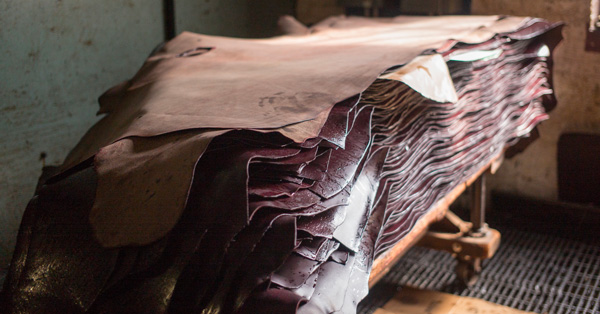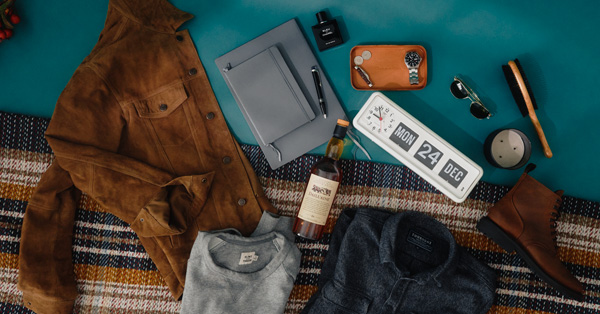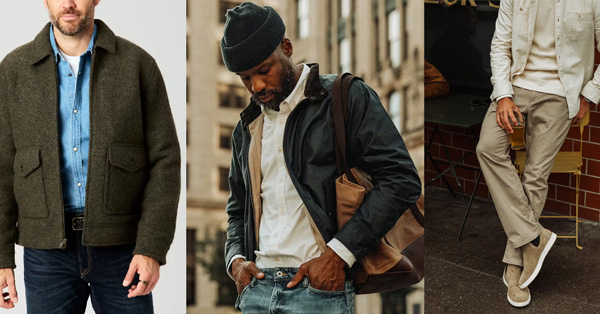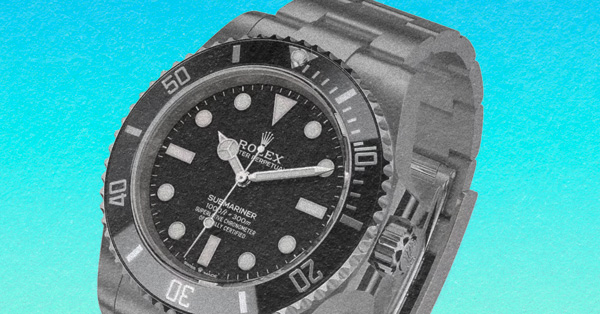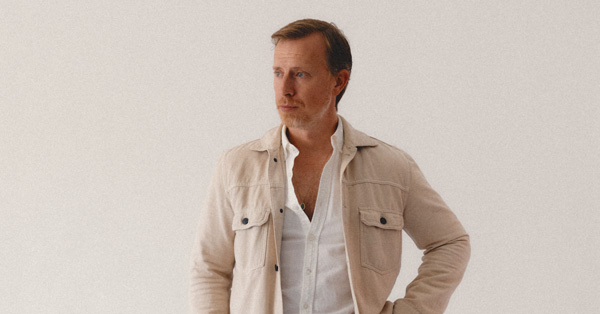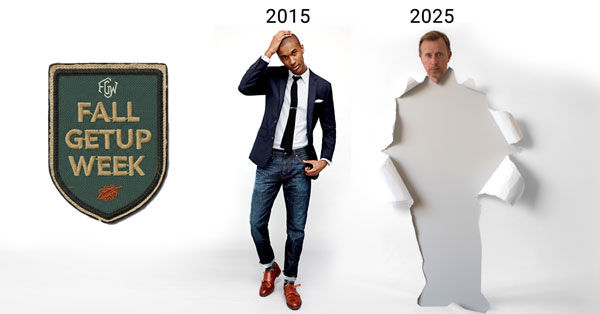I’ve never considered Primer a “fashion” site. It's a guide to showing up for yourself and others in a way that feels thoughtful and unforced. Personal style is both who you are and how you enter rooms.
I've used the term dressing intentionally, plainly and often, because it signals something deeper: how you show up, how you carry yourself, how you decide what matters. It gets to the root of what personal style is actually all about.
For longtime readers, this probably isn’t a new concept. You already care about what you wear. You’ve already made the shift from stressing over dressing up to dressing with purpose. But like anything else we do often, it’s easy to lose touch with the why behind it or to get stuck on autopilot without realizing it.
We all follow unspoken scripts: how we shake hands, pause before interrupting, put our phones away in a group. Not because we were explicitly taught, but because we’ve absorbed what’s appropriate.
Style works the same way. It's one more layer of cultural fluency. Whether you’re heading into a pitch meeting or grabbing coffee with someone you might want to date, you’re saying something with what you wear. The question is whether you’re choosing and owning that message or just hoping you’ll get by with nobody noticing.
Dressing well and feeling like yourself shouldn’t be opposing goals. But that’s how it often feels, like you’re stuck choosing between polish and comfort, personality and appropriateness, effort and ease.
The reality is more nuanced. You’re balancing a shifting set of variables: what you’re doing, how you want to be seen, how you want to feel in your body and your head. That’s what dressing intentionally actually offers: not a fixed aesthetic but a process for resolving that friction in real time.
This piece breaks down the simple system I use to do that every day. It’s not about overthinking. It’s about thinking at all.
Consider where you’re going.
The first step to dressing with purpose is knowing the context. Most of what you’ll wear hinges on practical details:
Are you eating outdoors at a restaurant?
You’ll want a light layer and sunglasses.
Going to a business event?
You might need a blazer, or maybe something more casual, depending on your industry or if it’s a mixer of young professionals.
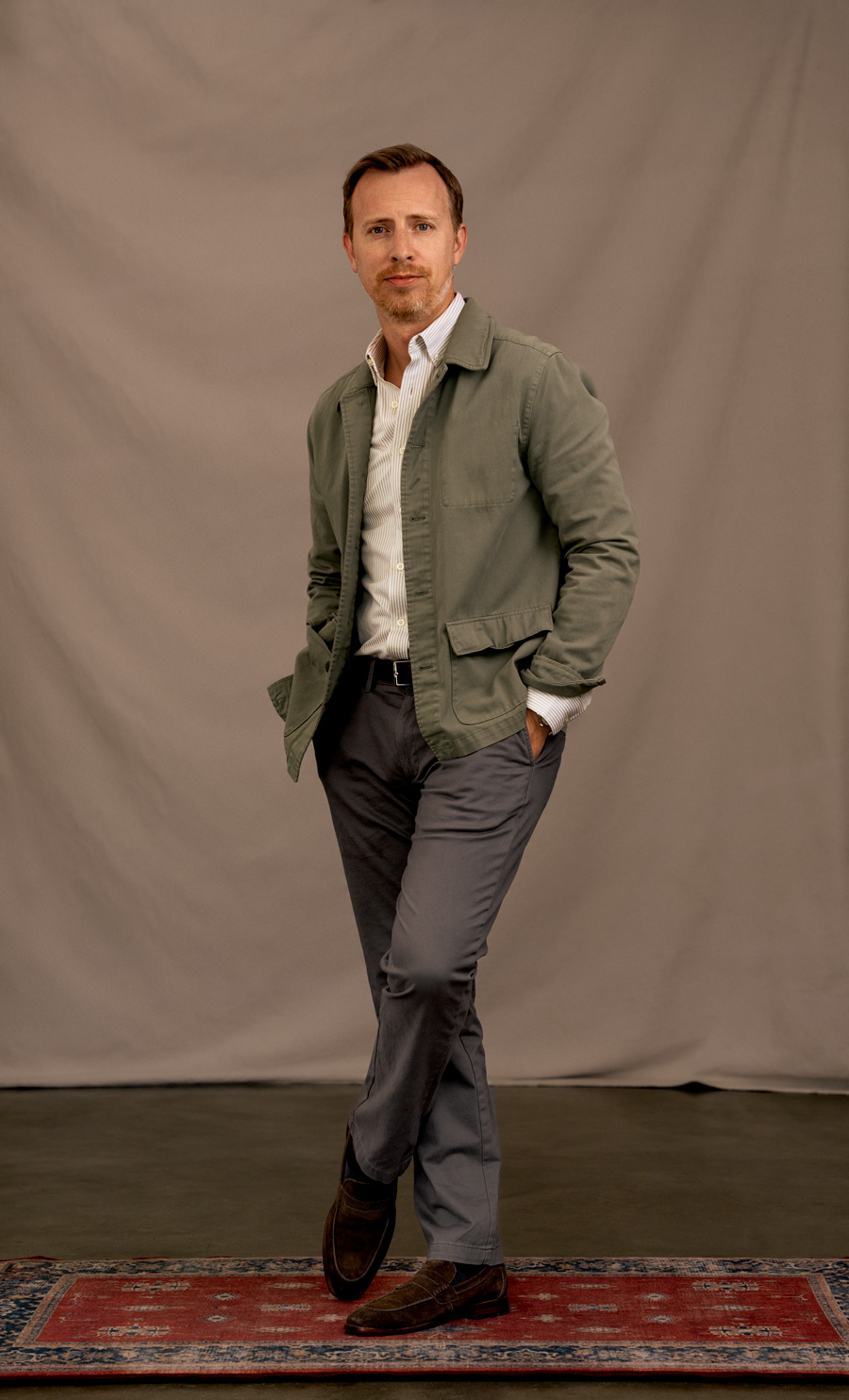
Heading to a movie theater that’s cold and then dinner afterward?
That might influence your desire to have layers.
My point isn’t just about temperature, it’s about the context.
Context isn’t always obvious. Some environments pull in multiple signals at once: a business event that’s also a rooftop bar and also kind of a dive, or a family gathering with new in-laws and old friends.
One person’s “underdressed” is another’s “relatable.” The goal isn’t to get it perfect; it’s to make an educated guess about the tone, then dress in a way that lets you move confidently through it.
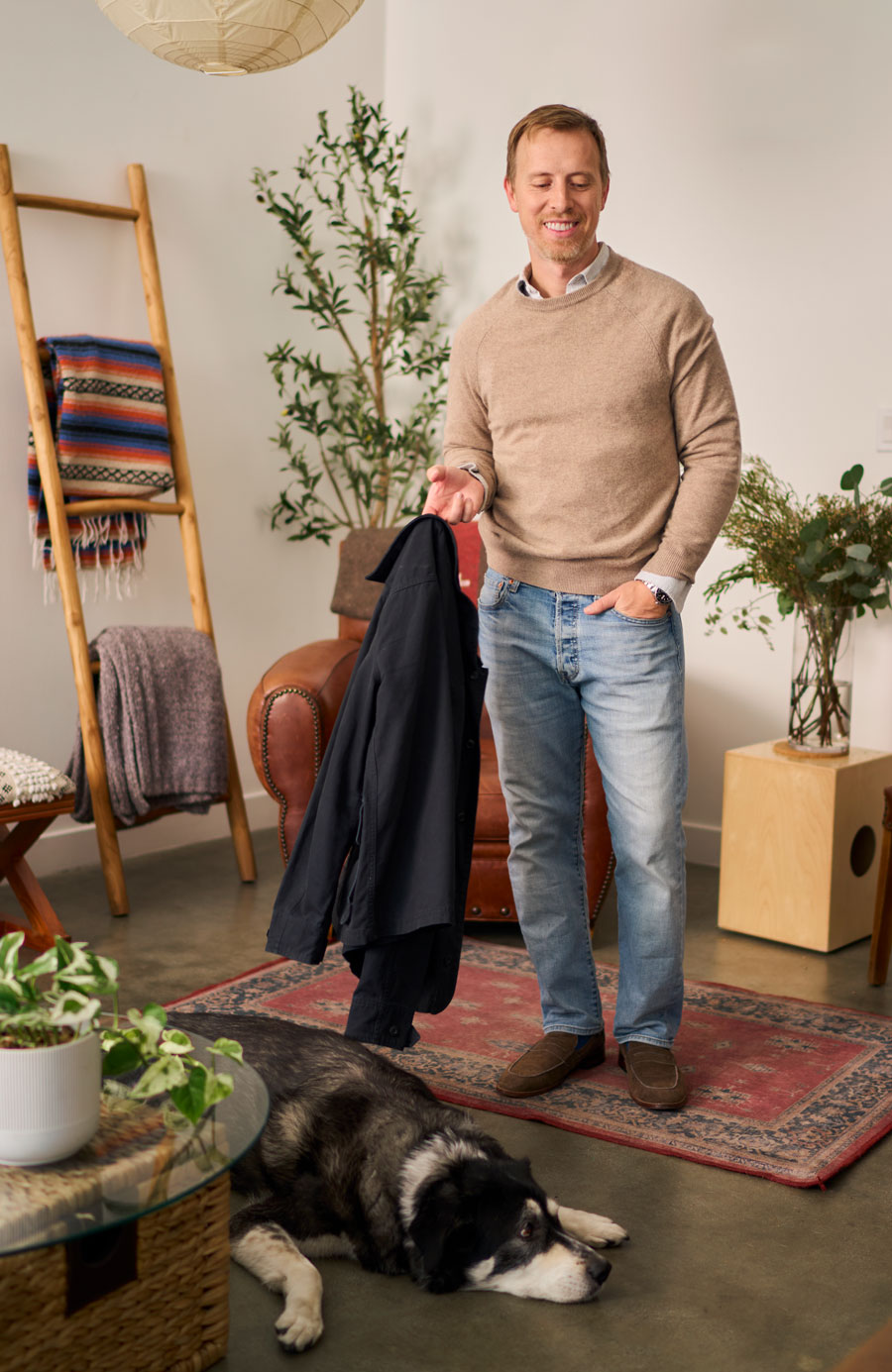
Once you understand the context, it becomes easier to answer the next question: What kind of impression do you want to make in that setting?
Consider how you want to be perceived.
Personal style is visual communication.
As I’ve said, it’s as much a social exercise as it is a form of personal expression.
Do you want to be perceived as chill and artsy? Refined and elegant? Carefree and bohemian? Rugged and no-nonsense? Playful and attractive?
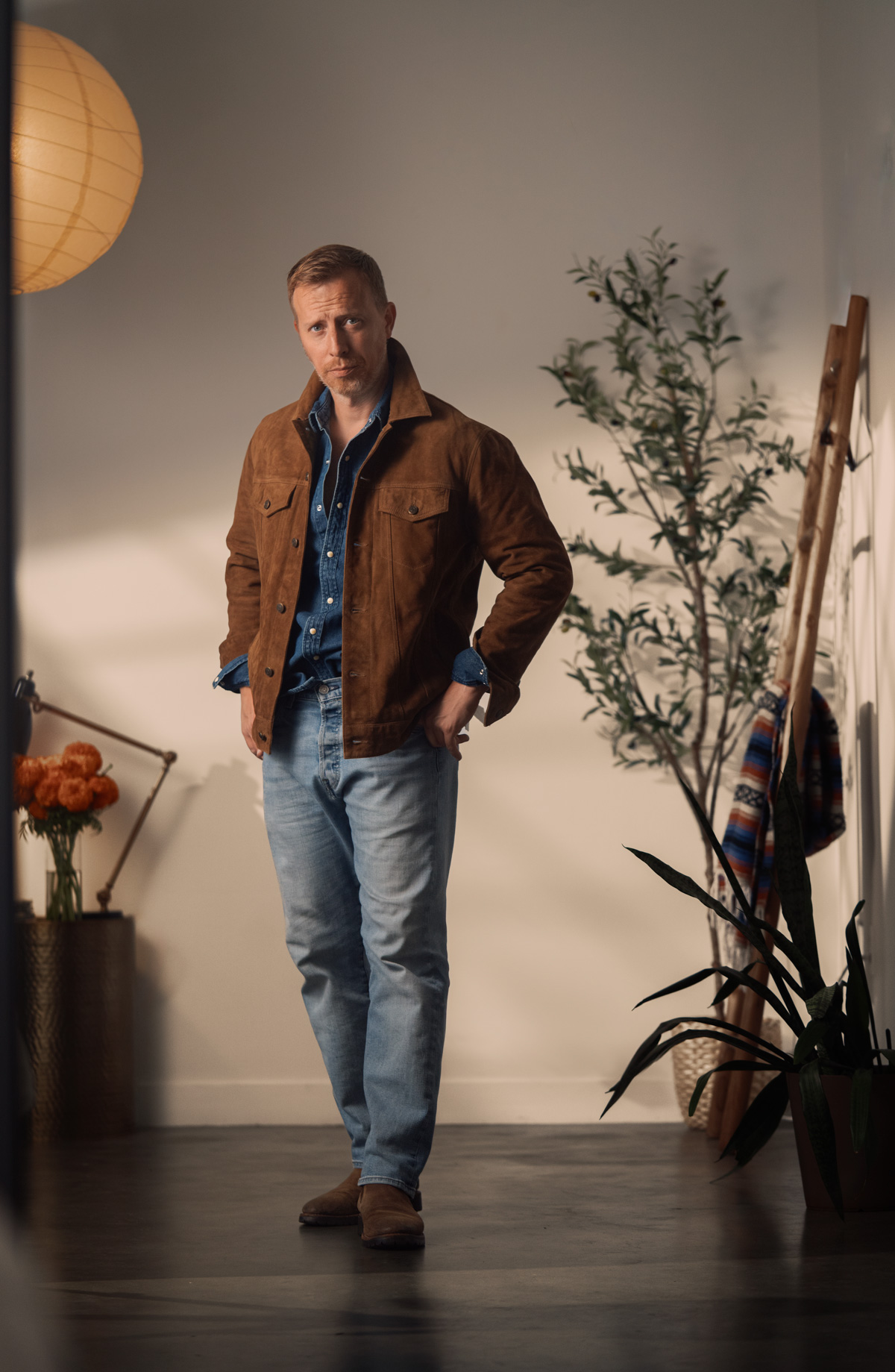
All of these things can shift, not just based on your personality or general style, but also based on where you're going and who you’ll be around. I wear all of these archetypes as a part of my own personal style, but it depends on the scenario.

I don’t wear a flowy open shirt with a necklace when I’m visiting my fiancée’s parents, and I don’t wear a tech polo to a birthday party at a poolside bar in August in Los Angeles, but I wear both of those looks in different contexts.
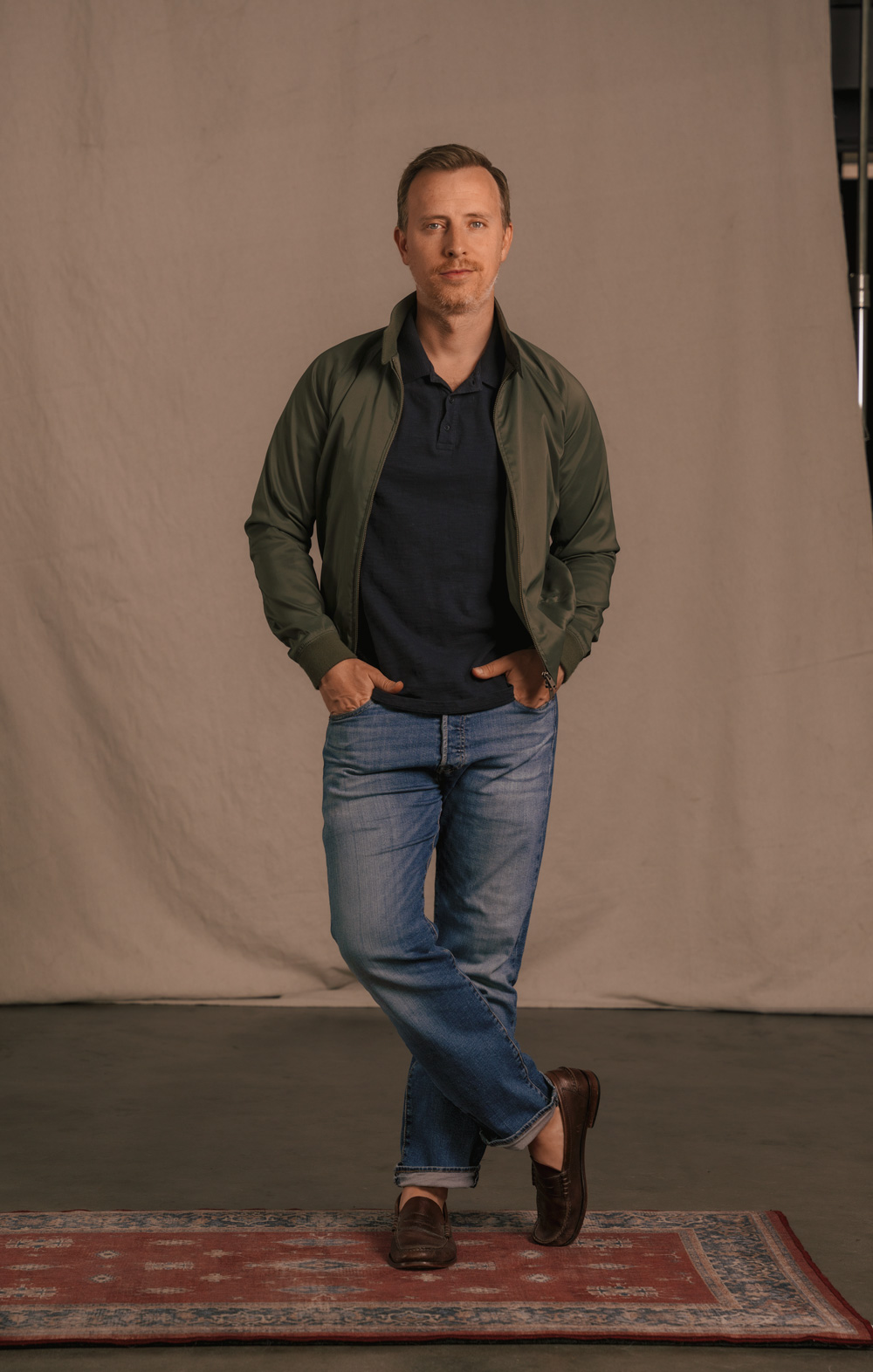
One of the most liberating realizations in personal style is that even if you're maintaining some consistent aesthetics, you can still choose who you want to be perceived as based on where you're going.
That freedom actually supports what you feel like wearing rather than restricting it.
Consider how dressy you want to be.
You’ve thought about where you’re going. You’ve considered what you’re doing. You’ve decided how you want to be perceived. Now, within that context, choose how dressed up you want to be.
The setting gives you the range. You pick your spot within it.
It’s a small choice that locks everything else into place
For example, I’ve been to many conferences full of guys in blazers, and there’s always at least one guy wearing a leather jacket with a dress shirt. He’s not out of place, but he is making a statement. His combination of an edgy element with business casual is an intentional choice about how he wants to be seen.

Similarly, I’m often overdressed when I visit my fiancée’s parents because I want to convey competency and respect.
If you’re going on a first date, your personal style becomes a tool: If you’re a buttoned-up office guy, you get to decide if you want to lean into that or intentionally lean away from it to signal something different. Even on casual dates, how put-together you are can communicate social fluency, polish, or intentional nonchalance.
The risk of sending signals is they might not land the way you intended. A leather jacket with a dress shirt might read as confident to one person, try-hard to another. An untucked shirt might feel effortless to you, careless to someone else. Forgoing a belt may seem modern and rakish to me and unfinished to every Primer reader who always comments on it.
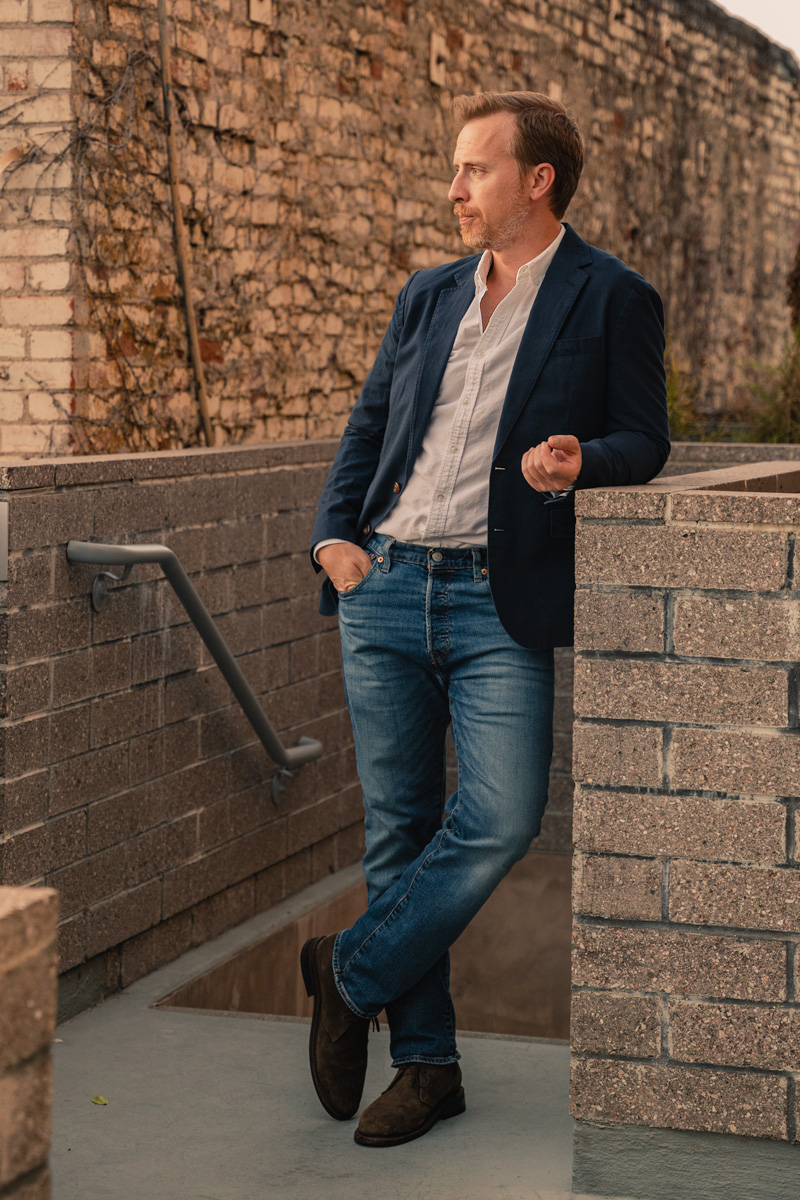
But dressing intentionally isn’t about getting it right every time. It’s about knowing why you did it. And even when it doesn’t hit, that clarity keeps you from second-guessing yourself all day. That’s why I emphasize the term “intentionally dressed” and not “well dressed”.

Understanding the context of the event and then tweaking the dressiness level to align with what you want to communicate is essential.

Consider what’s comfortable today.
Then everything starts to fall into place.
Some days, I wear penny loafers when I don't have to because of what it adds visually.

Other days, I feel like sneakers for comfort even if loafers would be more appropriate, and then adjust the rest of the outfit accordingly. It’s a push-and-pull equation.
You’re balancing variables. Swap a hoodie for a chore coat to elevate it. Swap a dress shirt for a t-shirt under your shawl collar sweater to make it more casual. Swap in chinos for jeans to add classic polish without overdressing.
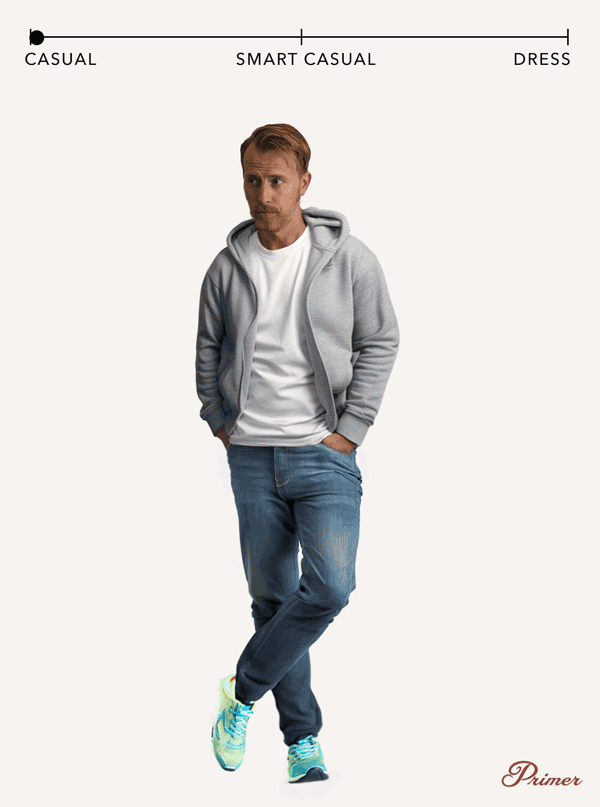
Comfort isn’t just physical. Sometimes an outfit technically fits but doesn’t feel like you today. If you’re fidgeting or second-guessing a piece all day, that’s useful data. Feeling confident in what you’re wearing is part of being comfortable too.
And sometimes, comfort conflicts with presence. You might reach for something familiar because you’re tired or anxious, but it doesn’t always help you show up fully. Other times, something slightly outside your usual comfort zone can actually pull you into alignment, like posture following a well-cut jacket. That tension is part of the equation too.
You’re not stuck choosing between dressing well and feeling comfortable. You get to have both when you understand how to swap in certain pieces to balance the look. That’s the real power of dressing intentionally: it gives you options instead of tradeoffs.
Dressing intentionally means you’ve considered the variables. And this framework helps you know what those variables even are. That's what gives you freedom, not restriction.
Because how you get dressed is how you decide to show up. And showing up with intention, quietly and consistently, is what makes style feel like your own. ▪



